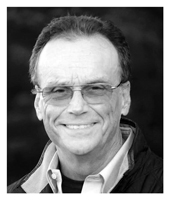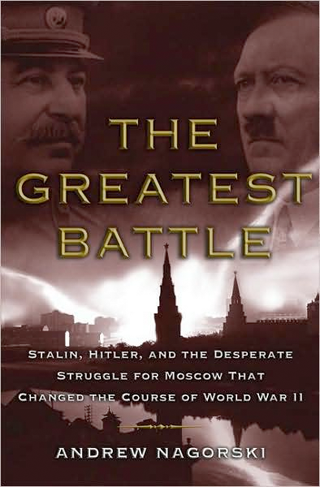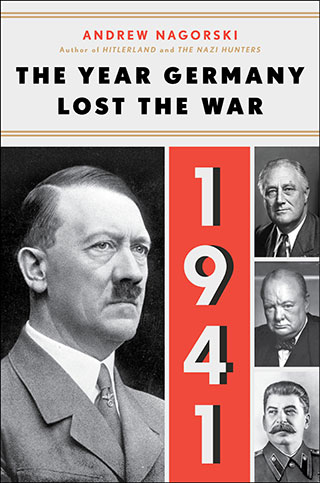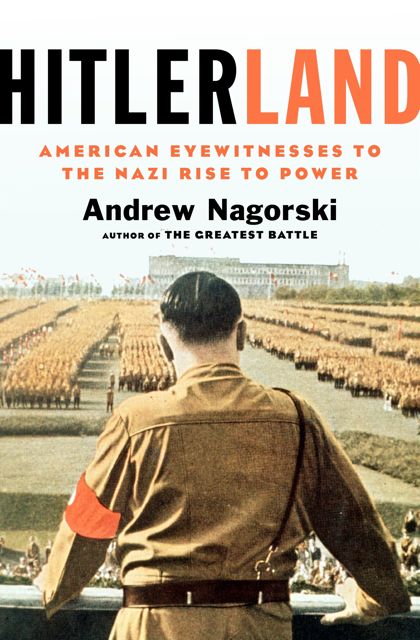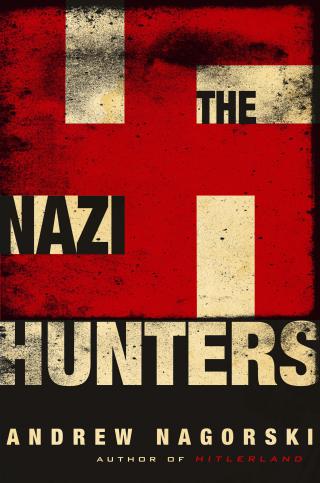I realized early in my life that I had a real fear of heights. As a Cub Scout I was hoisted by a rope onto a high branch of a tree to dislodge a Frisbee that was caught there, and I was suddenly paralyzed by fear, unable to even extend my hand to reach for it. To this day, I won’t step far out on a high-floor balcony with a low guardrail.
The irony, though, is that I have no fear of flying. When there is a barrier between me and the ground, even if it is the fuselage of a plane, I’m fine. And even horrible tragedies like the apparently deliberate crash of the Germanwings flight this week do not prevent me from getting on my next flight.
Perhaps that’s not particularly surprising. Like many foreign correspondents, I have flown in all sorts of aircraft — helicopters, small charter planes to reach remote locations like the East Coast of Malaysia when Vietnamese boat people were washing ashore there, and even a F-16 trainer plane when I visited a U.S. Air Force base in West Germany during the Cold War. I also filled in for a colleague on Bill Clinton’s Air Force One, and, for a period of two years in the 1980s, on the vole papale — the papal flights on an Alitalia charter plane — of the peripatetic John Paul II.
This is not to say that I haven’t experienced gut-wrenching moments on planes during rough rides. And that nervousness was definitely cranked up several notches when I used to fly around the Soviet Union on rickety short-hop Aeroflot planes that shook so violently on take-off that they felt like they might scatter into pieces before they reached the end of the runway. I’d recall the alcoholism rates for Russian males, and wonder what the chances were that the mechanic who had supposedly checked out the engines had been under the influence of vodka or, worse yet, samogon (homebrew).
In one of his brilliantly satirical novels, Russia’s Vladimir Voinovich describes how his hero is flying on one such provincial flight, accompanied by passengers holding onto their chickens and goats. He looks around to see if any foreigners are aboard. His thinking: If the plane goes down and there are foreigners aboard, the news of the crash will have to be reported; if it’s just Soviet citizens on the flight, no one will ever know how he perished. On my subsequent flights, I started looking around and pondering whether just one foreigner aboard — me — would be enough to qualify.
When I would board a flight of a major Western or non-communist Asian airline, I always breathed a sigh of relief. I felt like I was on solid ground. But one incident made me question that assumption, and changed my view of all flying forever.
On Sept. 1, 1998, I was wrapping up a short visit to the United States after dropping off my son for his first year in college. I had stopped just for a few hours in New York to visit a seriously ill editor and friend before flying back that evening to my posting in Germany. Since there were no direct flights to Berlin, I was planning to take a late evening Sabena flight via Brussels.
It was a sweltering hot day and I was exhausted by the time my cab had fought its way out to JFK Airport. When I approached the ticket counter, the attendant informed me that my flight had been canceled but he could rebook me on a Swissair flight via Geneva the next morning. My only other option, which he did not recommend, was to see if I could get a seat on the last flight leaving for Europe that evening, which was on Pakistani International Airlines to Paris. He pointed to a large group of people — mostly Pakistanis, it seemed, but also Hasidic Jews and others — already jostling for the few remaining seats on that flight.
The rational thing to do, I thought, was to avoid that chaotic scene and fly comfortably — and with far more assurance of safety — on Swissair in the morning. But I hated the idea of looking for a hotel and starting over the next day. So somehow I pushed my way to the front of the line, got on the Pakistani flight, arrived in Paris, and managed to get a connection to Berlin.
When I arrived in the German capital late the following day, the news was just breaking about the Swissair flight I had contemplated taking as the safer bet: It had gone done in the Atlantic shortly after takeoff, killing everyone aboard.
Is there a lesson in all this? Just one, I concluded: There’s no rational way to calculate our odds when we get on a plane or, for that matter, get in our cars or just cross the street. And if you are trying to constantly calculate the odds that you will travel safely, you may end up making even worse choices.
There’s a good reason why what happened to the Germanwings flight strikes a chord of fear in all of us. But it should not paralyze us the way my fear of heights did up on that tree.
Andrew Nagorski, who served as Newsweek’s bureau chief in Hong Kong, Moscow, Berlin and other postings, is the author of Hitlerland: American Eyewitnesses to the Nazi Rise to Power.
